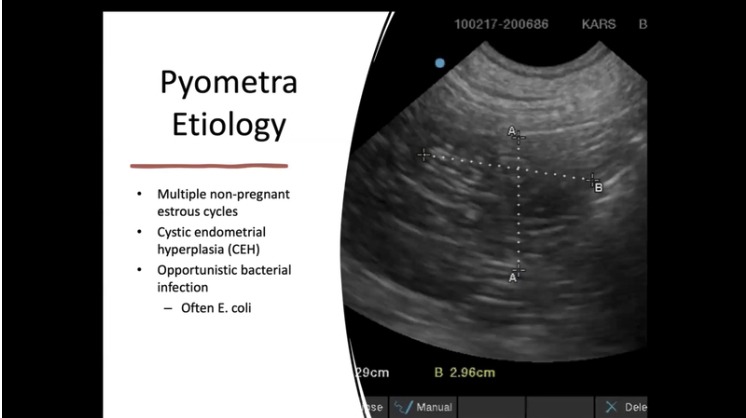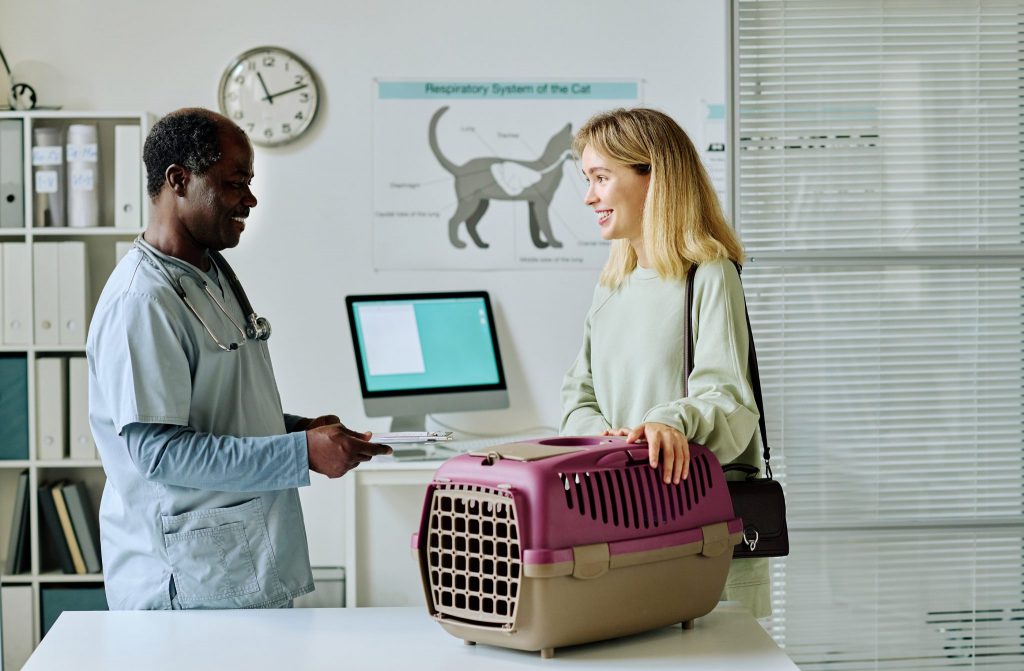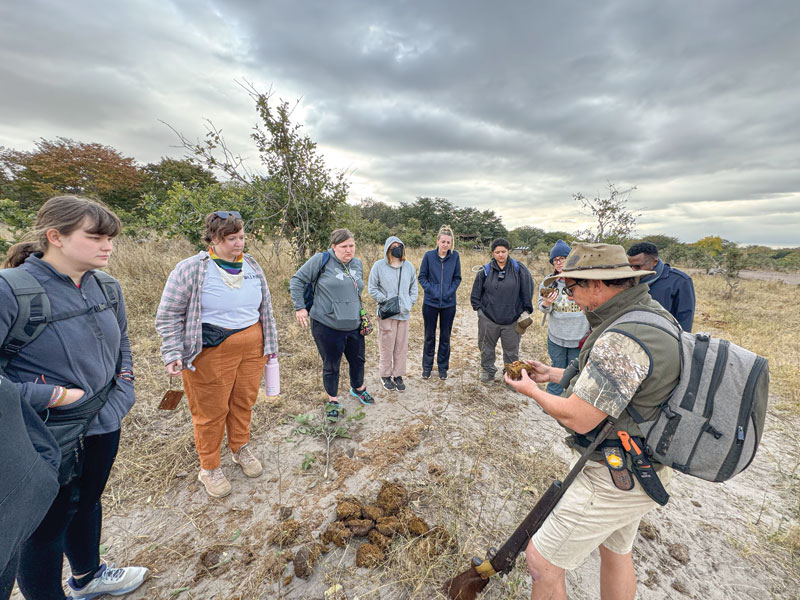No one likes to think about the what-ifs and the worst-case scenarios. However, as a past firefighter and someone who remains active in emergency services (county animal response team veterinarian for starters), I know all too well disaster strikes when we least expect it and can occur within the blink of an eye. Preparing before disasters strike your clinic, home, or related setting makes the difference between life and death. Property and belongings can be replaced, but people and animals cannot. Ensuring the safety and well-being of your staff, family, and those in your charge remains paramount, for any emergency. While broad disaster preparedness measures should be considered when establishing emergency preparedness protocols, fire safety and prevention remain critical in all veterinary environments. This article specifically addresses fire prevention strategies.
Fire prevention and preparedness
While Pet Fire Safety Day is July 15, and National Fire Prevention Week is October 5-11, 2025, fire prevention and preparedness in the event of a fire are crucial 365 days a year. Many people may see prevention strategies and staff training as ancillary, less important than veterinary-related education, and even boring. However, waiting until an emergency strikes to realize the need for pre-planning, staff awareness, and training is too late.
I remember all the fire drills in school as a kid, and I grumbled about them, and we all thought they were stupid. However, I've responded to too many fire (and other disaster) scenes where chaos ensued because of a lack of planning, preparedness, and training. Those with prevention strategies were less likely to have injuries, more apt to respond rapidly to a problem, and had less damage (or injury to individuals/property) than in areas without planning and training. Thus, even if you find the topic boring, ensuring risks are well identified, staff are fully trained, and any new hazards are addressed and incorporated into fire prevention safety measures is paramount. Equally key is routinely reviewing the plans, recommendations, and training.











